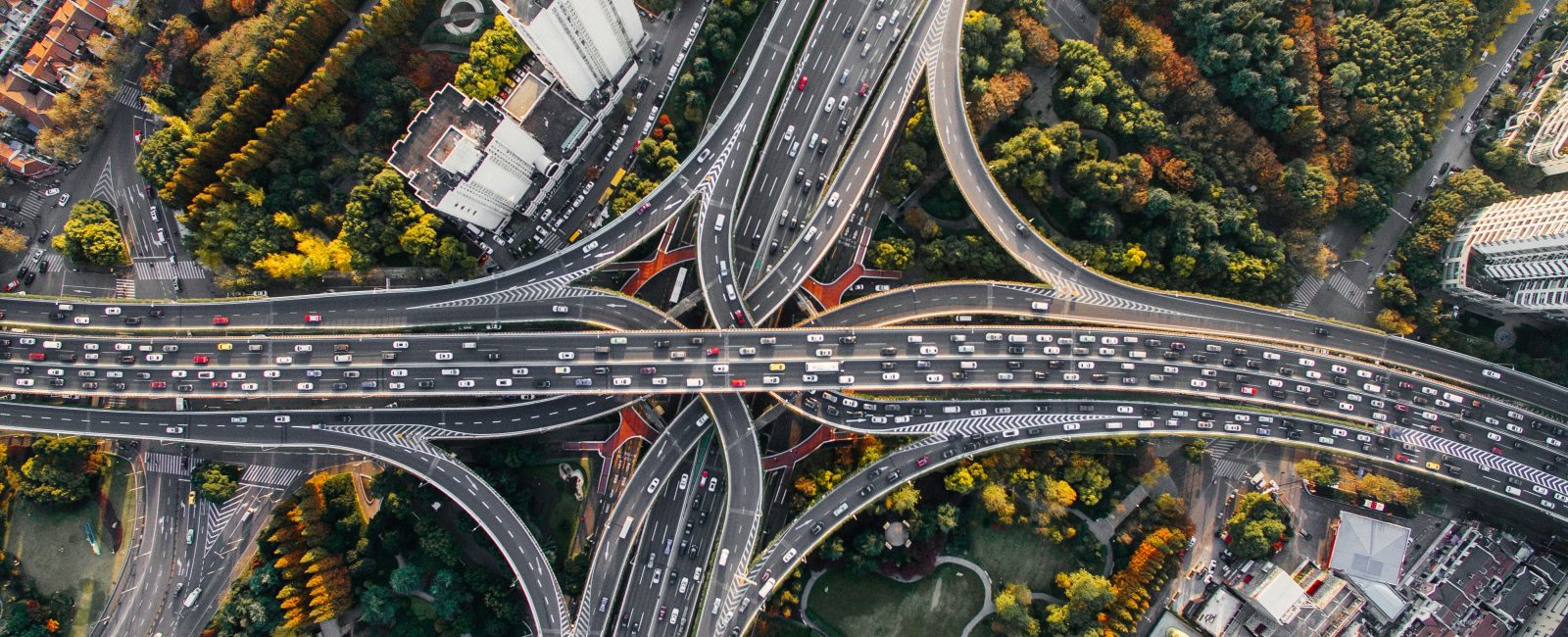
Poor urban planning contributes to pedestrian accidents by creating unsafe streets, crosswalks, and sidewalks. When roads are designed mainly for cars and trucks without considering people walking, the result is higher risks for those on foot. Lack of safe crosswalks, poor lighting, or broken sidewalks makes walking dangerous.
In cities like San Bernardino, where traffic is heavy and many neighborhoods are still developing, poor planning can mean life or death for pedestrians. Neighborhoods in San Bernardino also face problems with uneven development. Some areas have modern infrastructure, but others lack simple things like well-marked crosswalks or working streetlights.
This situation has led many residents to seek legal support when accidents happen. That is where Jacoby & Meyers San Bernardino pedestrian attorneys come in. Their work highlights just how serious and widespread these risks are for people who walk daily in the city.
How Do Poor Sidewalks Put Pedestrians at Risk?
Crosswalks provide structure and predictability. They tell drivers where to expect people crossing, and they give pedestrians a designated safe zone. But in San Bernardino, many crosswalks are either missing, poorly placed, or not visible enough.
At busy intersections, faded paint and weak signals create confusion. Drivers may not notice pedestrians until it’s too late, and pedestrians may feel pressured to rush across. Without proper markings and signals, jaywalking becomes more common, which only increases danger.
Sidewalks should give people a safe space away from cars. When sidewalks are missing or too narrow, pedestrians end up walking on the road itself.
This happens in many older neighborhoods of San Bernardino, especially in areas that were designed decades ago, before pedestrian safety was a priority.
Walking on the street brings people dangerously close to fast-moving traffic. Children, seniors, and people with disabilities face even greater risks because they may not be able to react quickly if a car approaches.
For people using wheelchairs or strollers, broken sidewalks are more than just inconvenient; they can make it nearly impossible to travel safely. Uneven sidewalks, cracks, or potholes can also force pedestrians into the roadway.
Who Is Legally Responsible for Poor Infrastructure?
When a pedestrian accident happens because of poor infrastructure, responsibility may not fall only on the driver. Cities and municipalities have a duty to provide safe roadways. If they fail to maintain sidewalks, crosswalks, or signals, they can be held legally responsible.
In these cases, proving negligence is key. Lawyers may investigate whether the city ignored known safety issues, failed to follow building codes, or neglected maintenance.
Establishing this responsibility helps victims seek compensation for their injuries, medical costs, and lost wages.












